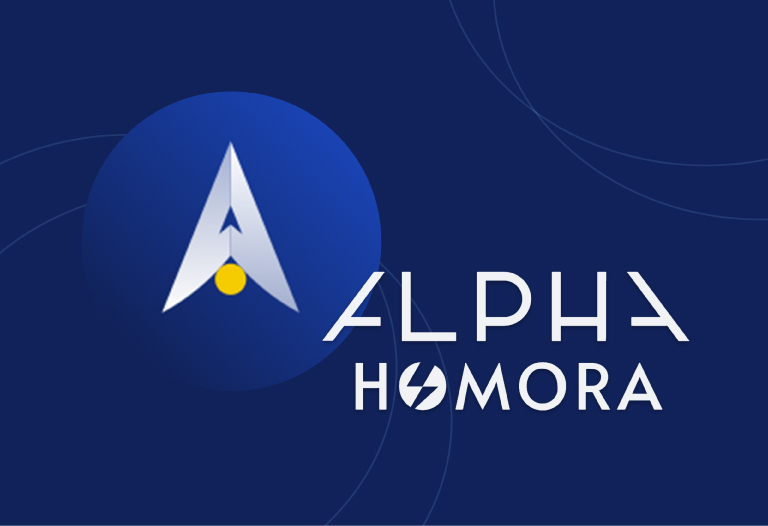
Table of Contents
ToggleIn DeFi, or decentralized finance, liquidity is required to operate certain protocols such as decentralized exchanges and decentralized lending platforms.
The users who provide this liquidity are known as “Liquidity Providers” (LP) and “yield farmers”. The currencies with which they generate interest are deposited in “liquidity pools” (a kind of common exchange in which many different users deposit funds), which is not risk-free but can offer good returns.
Alpha Homora is the first DeFi product that enables liquidity mining (generating profitability by providing liquidity) with leverage. To do this it uses liquidity pools from the decentralized exchange Uniswap and the IndexCoop index protocol with the option to borrow ETH, Ethereum’s native currency (effectively leveraging itself).
How does it work?
Liquidity pools require a composition of two assets equivalent in value. For example 100€ of USDT and 100€ of ETH. Liquidity pools are managed using Automated Market Makers (AMM) which can vary greatly in design. In Alpha Homora each user has the option to supply only one asset (and the protocol takes care of holding 50% of each asset in total). But what makes it a unique DeFi solution is the leverage.
In Alpha Homora there is a bank where users can deposit ETH for loans. These users will receive ibETH, which represents their portion of the supply and generates interest from the loans. And who are the loans targeted at? To the liquidity farmers we’ve been talking about, who are looking to leverage themselves.
These farmers borrow (and pay loan fees) to be more profitable in liquidity mining (because they offer more ETH). This is, in other words, trading with leverage. But as many of you will know, leverage comes with high risk.
In order for you to understand it better, I will explain it with an example.

Example of leveraged pharmeying
Let’s take, for example, a user named Bob who trades in the Uniswap ETH-USDT liquidity pool. Bob uses 100 ETH of his own and borrows 150 more, which he will have to pay back later. Therefore his position has a leverage of 2.5 (250 ETH is 2.5 times greater than his 100 ETH). Since 50% of his position is in USDT (a stablecoin) to provide liquidity, if the price of ETH rises he will be in trouble.
Let’s think about it this way, if the price of ETH goes up and you have a stable currency, you will be able to buy less ETH with it. If your value in ETH has decreased, and you owe money in ETH… bad business. In case the money you owe in ETH becomes 85% of the money you have, your position can be liquidated.
The liquidator is a user called “liquidator” who takes a 5% commission. When liquidated, therefore, about 91% of the money is lost (if the leverage is x2.5, which is the maximum).
There is also another type of users called “bounty hunters” who can sell all the tokens farmed for ETH to reinvest in the liquidity pools (taking a 3% commission).
Leverage demand
Alpha Homora currently has a TVL (Total Value Locked) of over $1 billion. According to DeFi Pulse we would be talking about the 14th largest DeFi platform in LTV. As we can see, there is a great demand for this type of leveraged services

Risks
Apart from settlement risk, which is higher or lower depending on the leverage, there are other important risks in liquidity mining. The most important is that of smart contract security.
Alpha Homora’s contracts have been reviewed by Peckshield, a company focused on blockchain security. However, despite this, Alpha Homora suffered in February a hack where $37 million was lost.
Summary
In short, Alpha Homora kills two birds with one stone. On the one hand, it provides a high return in ETH to the bank’s depositors. On the other hand, it allows liquidity miners or farmers to leverage themselves by borrowing from depositors.
Finally, we must reiterate that caution must be exercised, firstly because of the high risk of leverage in such volatile markets, and secondly because of the inherent risk of any DeFi platform suffering an exploit or Rug pull (even if it has been audited as we have seen).








